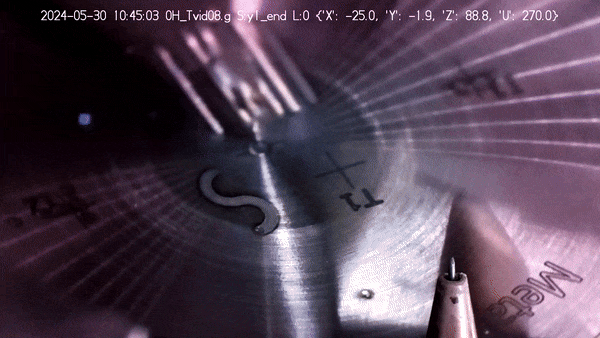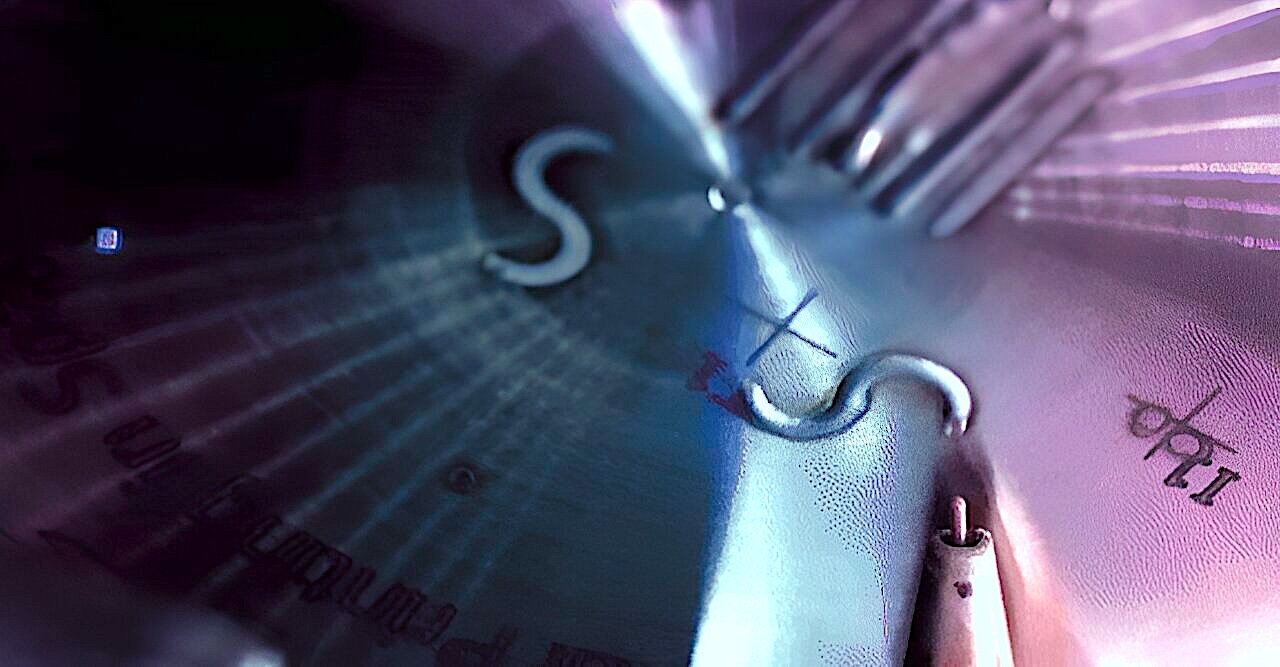Earlier this week, the European Space Agency (ESA) successfully produced the first 3D-printed metal aboard the International Space Station (ISS). Achieved within ESA’s Columbus laboratory module, the space agency calls this a “giant leap forward” for in-orbit manufacturing capabilities and sets the stage for future space exploration missions.
Earlier this year, on January 30th, the ESA launched the metal 3D printer to the ISS aboard the Cygnus NG-20 resupply mission. Developed by Airbus Defence and Space under contract with ESA. The printer, weighing approximately 180 kg, was installed by ESA astronaut Andreas Mogensen in the European Drawer Rack Mark II within the Columbus module.
This week, on June 4, the first successful metal 3D print was completed aboard the ISS. The initial print, a simple S-curve in liquefied stainless steel, marked the successful commissioning of the Metal 3D Printer.


“The success of this first print, along with other reference lines, leaves us ready to print full parts in the near future,” said ESA technical officer Rob Postema in a press release.
According to the ESA, four shapes have been selected for subsequent full-scale 3D printing.
“Two of these printed parts will be analyzed in the Materials and Electrical Components Laboratory at ESTEC in the Netherlands, to help us understand whether prolonged microgravity has an effect on the printing of metallic materials,” ESA materials engineer Advenit Makaya stated. “The other two will go to the European Astronaut Centre and the Technical University of Denmark, DTU.”
The printer’s design involves stainless-steel wire being fed into the printing area, which is then heated by a high-power laser. This laser, about a million times more powerful than a standard laser pointer, melts the wire, allowing the metal to be added to the print. The entire process is managed from the ground, with the onboard crew’s role limited to opening nitrogen and venting valves before printing commences. For safety, the printer operates within a fully sealed box, preventing excess heat or fumes from escaping.
While it all sounds simple, performing such tasks within the cramped ISS while speeding around the Earth at 8 kilometers per second and at about 400 kilometers above the surface poses a couple of technical challenges.
One of the primary issues was miniaturizing the printer to fit the constraints of the ISS. On Earth, metal 3D printers typically require a minimum of ten square meters of laboratory space. For the ISS, the printer had to be scaled down to the size of a washing machine capable of printing parts with a volume of nine centimeters high and five centimeters wide.
Another significant challenge is managing the high temperatures required for metal printing. The melting point of metal alloys used in this process can exceed 1,200°C, necessitating stringent thermal control measures. The printer’s sealed metal box acts as a safe, containing the aggressive printing environment and ensuring the safety of the ISS crew.
Gravity management is also crucial. The team opted for wire-based printing technology, which is independent of gravity, unlike powder-based systems that rely on gravity to function. This choice helps mitigate the challenges posed by the microgravity environment of space.
The success of this 3D printing mission opens up new possibilities for in-situ manufacturing, repair, and recycling capabilities, which are critical for sustainable and flexible space missions. As the technology develops, there will be reduced reliance on Earth-based supply chains, enabling astronauts to manufacture tools and parts on demand, thereby enhancing their autonomy and mission efficiency. With upcoming missions to the Moon and to Mars, the ability to make parts and components in space will increase mission success all around.
Moreover, astronauts will be able to construct and complete repairs much more quickly and can even recycle older materials by melting them down and using them to print new materials.
MJ Banias covers space, security, and technology with The Debrief. You can email him at mj@thedebrief.org or follow him on Twitter @mjbanias.

